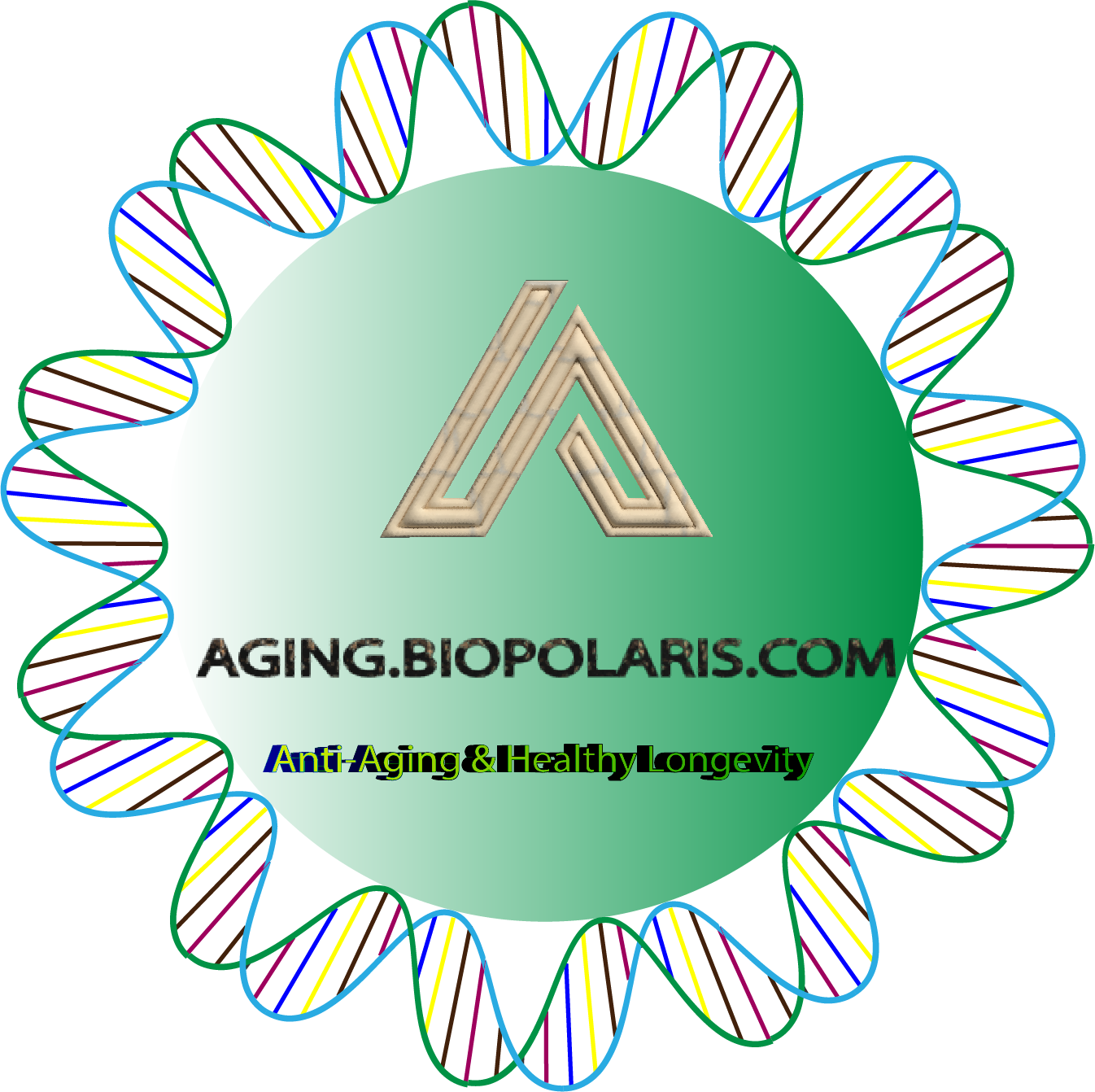Aggregator
Population-specific polygenic risk scores for people of Han Chinese ancestry
Isolation, engineering and ecology of temperate phages from the human gut
A vaccine central in A(H5) influenza antigenic space confers broad immunity
The astrocytic ensemble acts as a multiday trace to stabilize memory
The Taiwan Precision Medicine Initiative provides a cohort for large-scale studies
New bird flu vaccine could tackle multiple variants with one shot
Wastewater treatment produces surprising amounts of greenhouse gases
Tin-based perovskite solar cells with a homogeneous buried interface
Photocatalytic oxygen-atom transmutation of oxetanes
Deaminative cross-coupling of amines by boryl radical β-scission
How journals can break down barriers for Latin American scientists
UNESCO stands at a crossroads — researchers must back its new leader
The quest to make babies with lab-grown eggs and sperm
Scientists lose jobs and grants as US government shutdown takes a toll
Polluted weapons factory begins locking up nuclear waste in glass
After years of delay and political wrangling, DOE’s Hanford site opens vitrification plant
Poisonous sacs helped toads conquer the world
Iconic amphibians took an unexpected path across the globe, study finds—with toxins as a “game changer”
Scientific distinctions between coca and cocaine support policy reform
Science, Volume 390, Issue 6775, Page 782-785, November 2025.
Did lead poisoning doom Neanderthals?
Modern humans’ tolerance for the toxic metal may have helped them outcompete our closest evolutionary cousins
Phase 1/2a clinical trial of hESC-derived dopamine progenitors in Parkinson's disease
Parkinson's disease (PD) has long been considered an appropriate candidate for cell replacement therapy. We generated high-purity dopaminergic progenitors (A9-DPCs) from human embryonic stem cells and evaluated their safety and exploratory efficacy in a single-center, open-label, dose-escalation phase 1/2a trial (NCT05887466) for PD patients. Twelve patients with moderate-to-severe PD received bilateral putamen transplantation of low-dose (3.15 million cells; n = 6) or high-dose (6.30 million...
Beyond Krabbe disease, the intriguing connection of galactocerebrosidase (GALC) with nervous system illness: A novel risk factor?
Galactocerebrosidase (GALC) is a lysosomal enzyme crucially involved in the catabolism of galactosphingolipids. Among galactosphingolipids, galactosylceramide and sulfatide are crucial determinants for oligodendrocyte differentiation, as well as myelin stability and structure. Homozygous or compound heterozygous inherited mutations leading to a severe decrease in GALC enzymatic activity have been associated with the onset of Krabbe disease, also known as "globoid cell leukodystrophy". Extensive...
